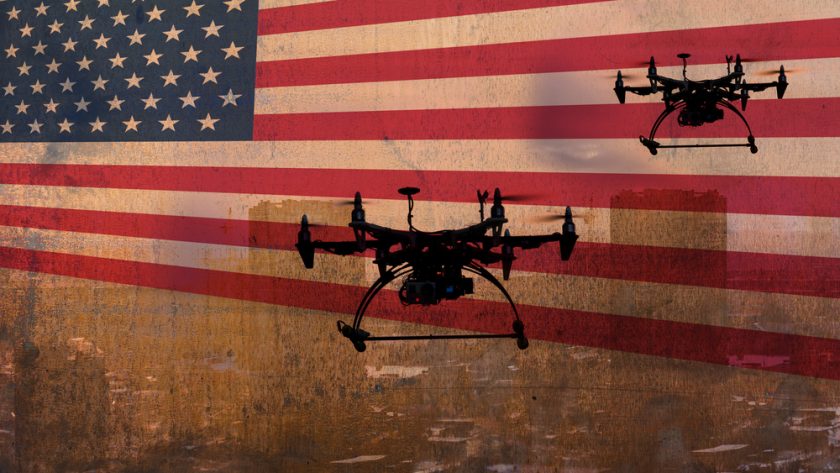A bipartisan interim report on the US Secret Service’s (USSS) security operations related to the July 13 assassination attempt on former President Donald Trump says counter-uncrewed aerial system (C-UAS) defences failed on multiple counts.
The report was released by US Senators Gary Peters (D-MI) and Rand Paul (R-KY), Chairman and Ranking Member of the Senate Homeland Security and Governmental Affairs Committee, as well as Richard Blumenthal (D-CT) and Ron Johnson (R-WI), Chairman and Ranking Member of the Permanent Subcommittee on Investigations. It lists a number of failings, and is not confined to C-UAS.
“There was both a failure to provide resources – like a working radio, drone detection system, or counter surveillance team – and lack of an effective chain of command,” Blumenthal said.
The report found that the USSS denied specific requests for additional C-UAS capabilities, and, with no backup system, the USSS agent responsible for overseeing the C-UAS capabilities at the July 13 rally called a toll-free tech support hotline “to start troubleshooting with the company,” which took several hours. The report continues that the agent had only three months of experience working with that equipment and lacked knowledge about it.
How the events unfolded
At 15:51, Thomas Crooks, who later attempted to assassinate Donald Trump, flew a drone for eleven minutes above the site of the Trump rally in Butler, Pennsylvania. The USSS has since testified that due to “technical difficulties”, the C-UAS system did not “go operational” until after 17:00, and that had it been working at the time of the drone flight, Crooks might have been stopped. On the morning of the rally, the agent responsible for C-UAS defence found that the system was not working and tried relocating it to avoid potential interference but found that it “remained inactive”. Upon calling a USSS official to report the issue, he was advised to call the system manufacturer’s technical support line. Several steps were then taken to restart the system, to no avail.
The bipartisan report states that, shortly after 16:00, the C-UAS agent received a call from the C-UAS unit’s tech support, who told him that the components of the system were not communicating with each other. “They recommended he replace an ethernet cable between two components of the equipment. He did not see an ethernet cable in the Security Room so he approached the audiovisual personnel for the Trump campaign and used one of their ethernet cables. Shortly afterwards, the system became operational, and at 16:33, he called the Second Supervisor for the Trump Detail to let him know the system was active. Once the system was operational, the only drones the C-UAS agent detected were drones operated by local police.”
The USSS has several types of counter drone equipment available and the report does not disclose the system deployed at the event. Because requests for backup C-UAS systems had been denied, there was no system operational when Crooks flew his drone at 15:51.
A Temporary Flight Restriction (TFR) was in place to cover the scheduled time that Trump was expected to be on stage (16:20-18:15). A request was made to extend the duration, with the explanation that Trump sometimes operates outside his expected timescales, but this was denied.
In the report, the Senators say that the C-UAS agent’s unfamiliarity with C-UAS equipment was evident in his testimony to the Committee. “He struggled to describe the functions of certain pieces of technical equipment that were not working properly. In another instance, [he] seemed unsure whether C-UAS connects to a cellular network.”
The Homeland Security and Governmental Affairs Committee’s investigation into the events surrounding the July 13, 2024, assassination attempt on Donald Trump remains ongoing.
For more information
Homeland Security and Governmental Affairs Committee
Image: Shutterstock




